Home>diy>Building & Construction>What Are The Phases Of Construction
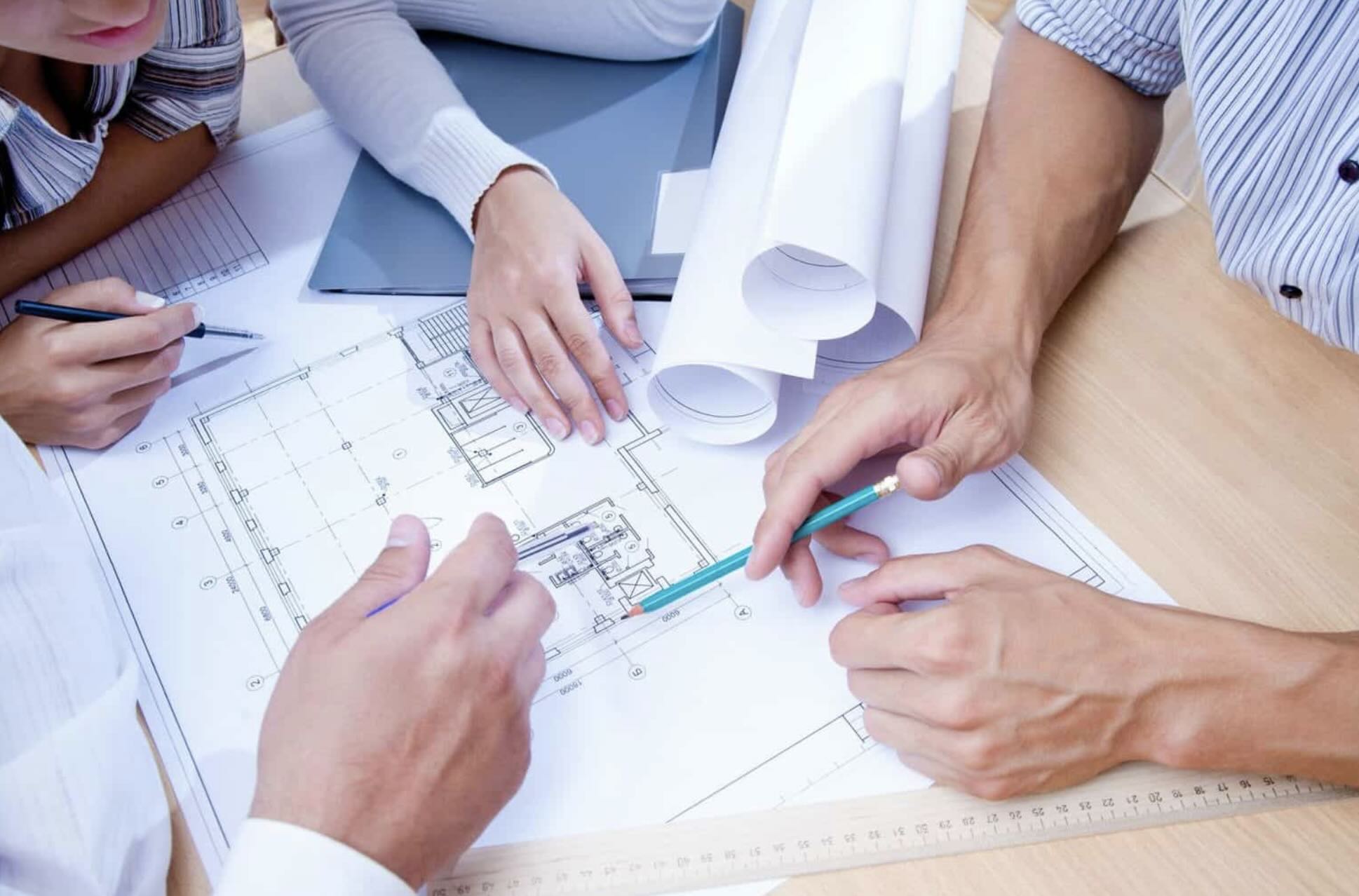

Building & Construction
What Are The Phases Of Construction
Modified: January 9, 2024
Learn about the essential phases of building construction, from planning and design to construction and completion. Gain insights into the process of creating structures efficiently and effectively.
(Many of the links in this article redirect to a specific reviewed product. Your purchase of these products through affiliate links helps to generate commission for Storables.com, at no extra cost. Learn more)
Introduction
Building construction is a complex and fascinating process that involves careful planning, precise execution, and diligent project management. Whether it’s a small residential home or a massive commercial structure, every construction project goes through a series of well-defined phases. Understanding these phases is essential for successful project completion and ensuring that all aspects of the construction process are properly managed.
In this article, we will explore the various phases of construction, from the pre-construction stage to the post-construction phase. We will delve into the key activities and considerations that take place during each phase, providing you with a comprehensive overview of the entire construction journey.
So, let’s dive in and explore the intricacies of building construction, uncovering the steps involved in transforming an idea into a tangible structure.
Key Takeaways:
- Building construction involves meticulous planning, collaboration, and execution across phases, from pre-construction groundwork to post-construction completion. Each phase plays a crucial role in bringing projects to life.
- Effective communication, collaboration, and attention to detail are crucial throughout the construction journey. Understanding and implementing each phase ensures successful project management and the creation of remarkable structures.
Pre-construction Phase
The pre-construction phase is the initial stage of the construction process where the groundwork for the project is laid. This phase involves crucial preparatory work that sets the stage for the successful execution of the project.
During this phase, the project team, including the client, architect, and general contractor, collaborates to define the project’s scope, objectives, and requirements. The key activities in the pre-construction phase include:
- Project Conceptualization: The client’s vision and objectives for the project are established, including the desired purpose, design aesthetic, and functionality of the building.
- Feasibility Analysis: A thorough analysis is conducted to evaluate the project’s financial viability, potential risks, and compliance with local regulations and zoning laws.
- Site Assessment: The project team conducts a site inspection to assess the project’s suitability for construction, considering factors such as accessibility, infrastructure, and environmental impact.
- Budgeting and Cost Estimation: A preliminary budget is developed, outlining the estimated costs for materials, labor, permits, and other expenses associated with the project.
- Project Timeline: A tentative timeline is created, establishing the project’s overall duration and key milestones.
- Permits and Approvals: The necessary permits and approvals from local authorities and regulatory bodies are obtained to ensure compliance with legal requirements.
- Contractor Selection: The client and architect collaborate to select a qualified general contractor through a competitive bidding process or by evaluating previous project experience and reputation.
The pre-construction phase is critical as it sets the foundation for a successful construction project. It enables the project team to identify potential challenges, analyze risks, and make informed decisions before the construction work begins. Clear communication and collaboration among all stakeholders are essential during this phase to establish a solid framework for the subsequent stages of construction.
With the pre-construction phase complete, the project can move forward to the planning and design phase, where detailed blueprints and construction plans are created.
Planning and Design Phase
The planning and design phase is a crucial step in the construction process where the project begins to take shape on paper. During this phase, architects, engineers, and designers work collaboratively to translate the client’s vision into detailed plans and specifications.
The key activities in the planning and design phase include:
- Conceptual Design: The architect creates initial design concepts and presents them to the client for feedback and approval. This stage focuses on the overall aesthetics, functionality, and spatial layout of the building.
- Schematic Design: Once the conceptual design is approved, the architect develops more detailed drawings, including floor plans, elevations, and basic systems layouts. This helps in refining the design further.
- Design Development: In this stage, the architectural team works closely with engineers and other consultants to refine the design, incorporating structural, electrical, plumbing, and HVAC systems into the plans.
- Approval Processes: The architect prepares and submits the necessary documents and plans to obtain regulatory approvals and permits from local authorities. This ensures that the design meets all building codes and regulations.
- Construction Documents: Detailed construction drawings, specifications, and technical documents are created during this phase. These documents serve as a roadmap for the construction team and include information on materials, finishes, dimensions, and construction methods.
- Cost Estimation and Value Engineering: The project team reviews and refines the budget based on the detailed design plans. Value engineering techniques may be employed to optimize costs without compromising quality.
- Procurement Strategy: The project team strategizes and identifies the best approach for procuring materials, equipment, and subcontractor services. This may involve competitive bidding or negotiated contracts.
- Collaboration and Coordination: Effective communication and collaboration among the project team members, including the architect, engineers, and client, are crucial during this phase to ensure that the design meets the client’s requirements and addresses any technical challenges.
The planning and design phase lays the groundwork for efficient and accurate construction execution. It allows for a comprehensive understanding of the project requirements, providing detailed guidance to the construction team. With the design plans finalized, the project can move to the procurement phase, where materials and services required for construction are procured.
Procurement Phase
The procurement phase is a critical stage in the construction process where materials, equipment, and services needed for the construction project are sourced, purchased, and managed. This phase involves careful planning, negotiation, and coordination to ensure the timely availability of resources while staying within the project budget.
The key activities in the procurement phase include:
- Materials Selection and Ordering: Based on the construction documents and specifications, the procurement team identifies the required materials and collaborates with suppliers to obtain detailed quotes and pricing.
- Vendor Evaluation and Selection: The procurement team evaluates potential vendors based on criteria such as quality, reliability, price competitiveness, and track record. Vendors are then selected through a competitive bidding process or negotiations.
- Negotiation and Contracting: The procurement team negotiates terms and conditions with vendors and enters into contracts, ensuring that legal and risk considerations are addressed while securing the best possible prices and delivery schedules.
- Supplier Management: Throughout the procurement phase, the project team monitors and manages relationships with suppliers, ensuring timely delivery, quality control, and adherence to contract terms.
- Logistics and Delivery: The procurement team plans and coordinates the transportation, delivery, and storage of materials and equipment to the construction site, ensuring that they arrive on time and in good condition.
- Subcontractor Management: If subcontractors are involved in the construction process, the procurement team oversees the selection, negotiation, and contract management for their services, ensuring that they align with the project schedule and quality standards.
- Purchase Order and Documentation: Proper documentation, including purchase orders, invoices, and receipts, is maintained to track and verify all procurement transactions and payments.
- Budget Monitoring: The procurement team continuously monitors the project budget and expenses, ensuring that procurement activities stay within budgetary constraints.
Efficient procurement practices are essential for project success, as delays or issues with material availability can cause schedule disruptions and cost overruns. Effective coordination and communication among the project team, vendors, and subcontractors are crucial during this phase to ensure smooth procurement operations.
With the procurement phase complete, the construction phase begins, where the actual building process takes place.
When planning a construction project, be sure to consider the four main phases: pre-construction, construction, commissioning, and closeout. Each phase is crucial for the success of the project.
Construction Phase
The construction phase is when all the careful planning, design, and procurement efforts come together to bring the project to life. It is the phase where the actual construction activities take place on the site, transforming the vision and plans into a physical reality.
The construction phase involves a wide range of activities, including:
- Site Preparation: Before construction can begin, the construction site needs to be properly prepared. This may involve clearing vegetation, excavating the site, leveling the ground, and installing temporary utilities.
- Foundation Construction: The foundation is the base of the structure and is constructed using various methods, such as concrete pouring, piling, or slab-on-grade, depending on the type of building and soil conditions.
- Structural Framework: The structural framework, also known as the superstructure, is built by erecting columns, beams, and other supporting elements. This provides the skeleton for the building’s floors, walls, and roof.
- Building Systems Installation: Electrical, plumbing, HVAC, and other building systems are installed during this phase, ensuring that the building is equipped with the necessary utilities and infrastructure.
- Interior and Exterior Finishes: The interior finishes, such as flooring, walls, ceilings, and fixtures, are installed to create the desired aesthetics and functionality. Simultaneously, exterior finishes, such as cladding and landscaping, are applied to enhance the building’s appearance and environmental integration.
- Quality Assurance and Inspection: Throughout the construction phase, quality control measures and inspections are conducted to ensure that the construction is in compliance with the approved plans, building codes, and industry standards.
- Progress Monitoring and Reporting: The project team closely monitors the construction progress, ensuring that the project timeline is adhered to and any delays or issues are addressed promptly. Regular progress reports are prepared and shared with stakeholders.
- Safety Management: Safety protocols and measures are strictly implemented to ensure the well-being of workers, compliance with safety regulations, and mitigation of risks and hazards on the construction site.
- Project Communication: Effective communication among the project team members, including the contractor, architect, and client, is crucial during the construction phase. This ensures coordination, prompt issue resolution, and alignment with the client’s expectations.
The construction phase requires skilled labor, effective project management, and close collaboration among all stakeholders. It is a dynamic and fast-paced stage where various construction activities take place concurrently to ensure efficient progress.
With the construction phase completed, the project moves into the final phase known as the post-construction phase, where the finishing touches are added, and the building is prepared for occupancy or use.
Read more: What Is Pre-Construction In Construction
Post-construction Phase
The post-construction phase is the final stage of the construction process, where the project reaches completion, and the building is prepared for occupancy or use. This phase involves several important activities that ensure the project is handed over successfully to the client.
The key activities in the post-construction phase include:
- Final Inspections: The building undergoes a series of comprehensive inspections to ensure that all construction work meets the required standards and regulations. This includes inspections of electrical systems, plumbing, fire safety, and structural integrity.
- Testing and Commissioning: All building systems and equipment, such as elevators, HVAC, and fire protection systems, are thoroughly tested and commissioned to ensure proper functioning.
- Punch List Completion: A punch list is created, documenting any remaining tasks or deficiencies that need to be addressed. The contractor must complete these items before the project can be officially considered complete.
- Documentation and Handover: The project team prepares and organizes all necessary documentation, such as as-built drawings, equipment manuals, warranties, and maintenance instructions. The building is officially handed over to the client.
- Occupancy Permit: The final step is obtaining the necessary permits and certifications to allow the building to be occupied or used, such as obtaining a certificate of occupancy or a business license.
- Post-construction Maintenance: After the project is handed over, there may be a period of post-construction maintenance where the contractor addresses any warranty claims or ensures that the building remains in good condition during the transition phase.
- Client Satisfaction Evaluation: The client’s satisfaction with the completed project is evaluated through feedback surveys or meetings to ensure that their expectations were met and to identify areas for improvement in future projects.
- Project Closeout: The project team performs administrative tasks related to project closure, including finalizing contracts, releasing retainage, preparing final financial reports, and archiving project documents.
The post-construction phase marks the culmination of the construction project. It ensures that all necessary steps are taken to ensure the building’s integrity, functionality, and compliance with regulations. It also paves the way for a successful transition to the building’s occupancy or use by the client.
With the post-construction phase completed, the journey of the construction project concludes, leaving behind a tangible result of meticulous planning, skilled craftsmanship, and effective project management.
Conclusion
Building construction is a complex and multi-phased process that requires meticulous planning, collaboration, and execution. Each phase of construction plays a crucial role in bringing a project to completion, from the initial pre-construction stage to the final post-construction phase. Understanding these phases is essential for successful project management and ensuring that all aspects of the construction process are properly addressed.
During the pre-construction phase, the groundwork for the project is laid, including conceptualization, feasibility analysis, site assessment, and contractor selection. The planning and design phase then follows, where the project takes shape on paper through conceptual design, schematic design, and construction documents. The procurement phase involves sourcing and managing the necessary materials, equipment, and services, ensuring their timely availability and adherence to the project budget.
The construction phase is the heart of the construction process, where the building comes to life through activities such as site preparation, foundation construction, and the installation of building systems and finishes. Finally, the post-construction phase brings the project to completion, with final inspections, documentation, and occupancy permit acquisition.
Throughout the construction journey, effective communication, collaboration, and attention to detail are crucial. This includes collaboration among the project team members, clear communication with the client, and effective coordination with suppliers, subcontractors, and regulatory authorities. Regular monitoring of progress, quality, and budget ensures that the project stays on track and meets the client’s expectations.
Building construction is a fascinating endeavor that requires a seamless integration of technical expertise, creativity, and project management skills. By understanding and effectively implementing each phase of the construction process, construction professionals can create structures that not only meet functional requirements but also stand as testaments to architectural and engineering brilliance.
In conclusion, the journey of construction from idea to reality is a remarkable feat, involving careful planning, skilled craftsmanship, and diligent execution. By appreciating the intricacies of each phase, we can better appreciate the remarkable transformations that occur in the construction industry, shaping the world we live in.
Frequently Asked Questions about What Are The Phases Of Construction
Was this page helpful?
At Storables.com, we guarantee accurate and reliable information. Our content, validated by Expert Board Contributors, is crafted following stringent Editorial Policies. We're committed to providing you with well-researched, expert-backed insights for all your informational needs.




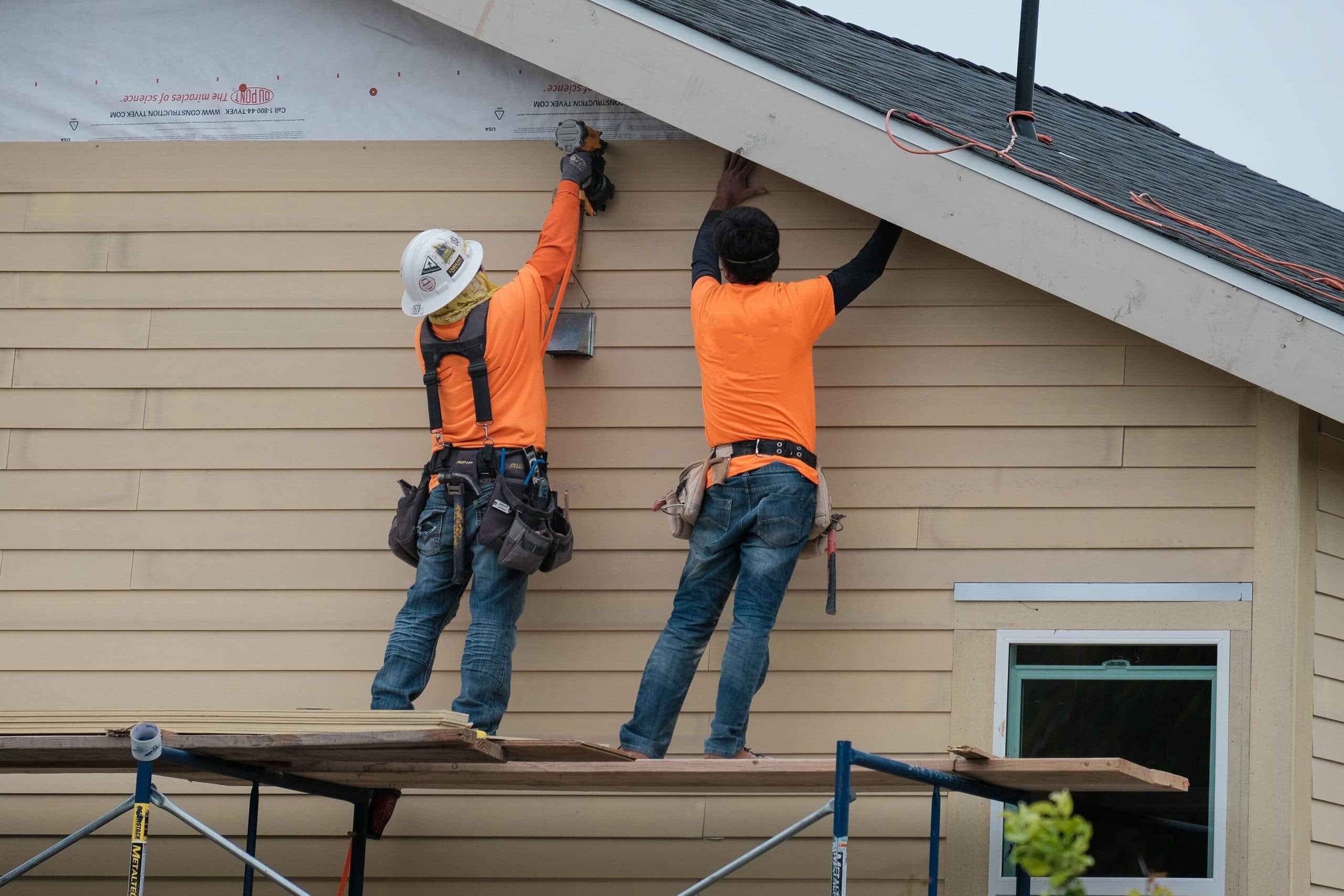
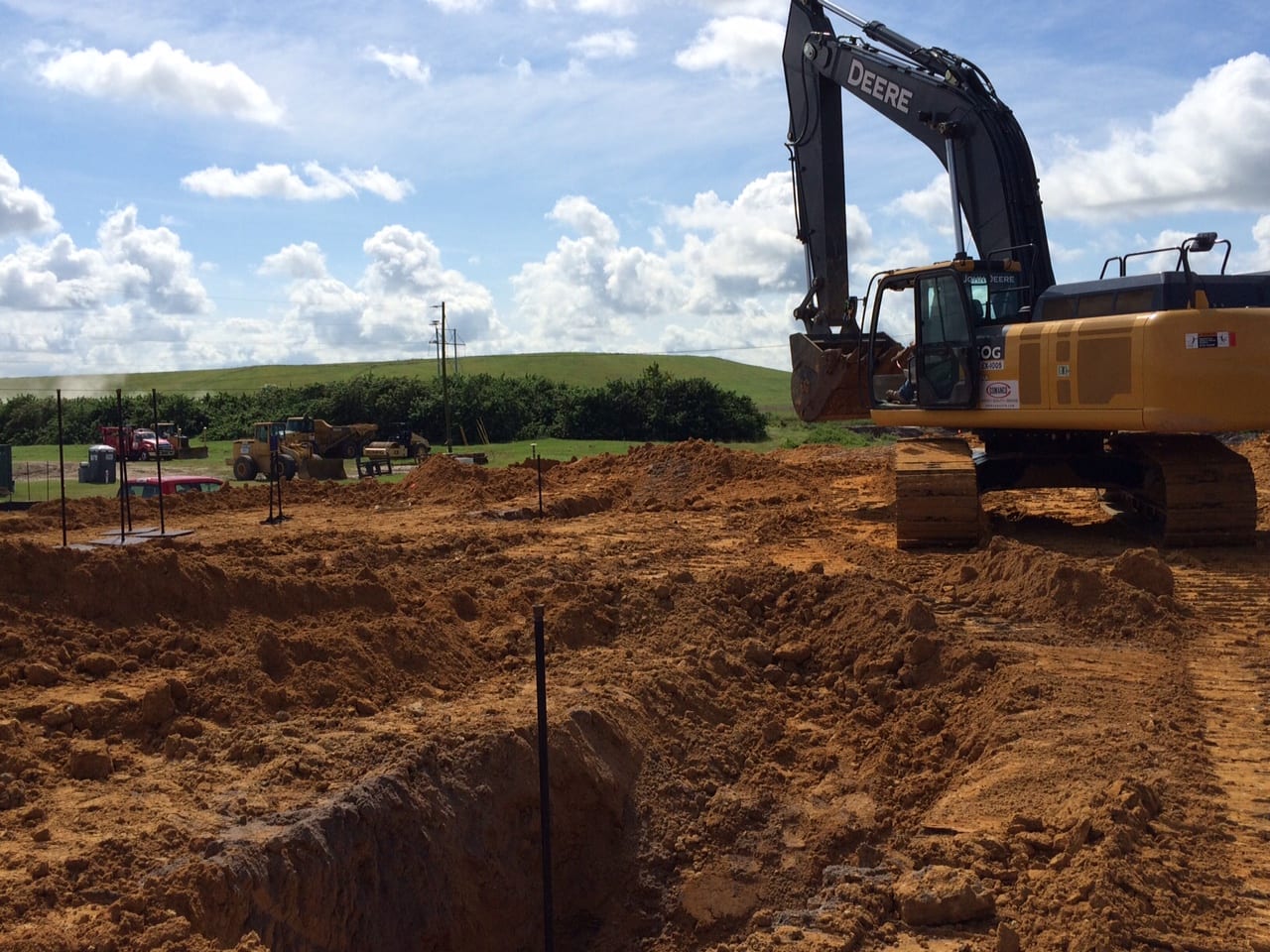
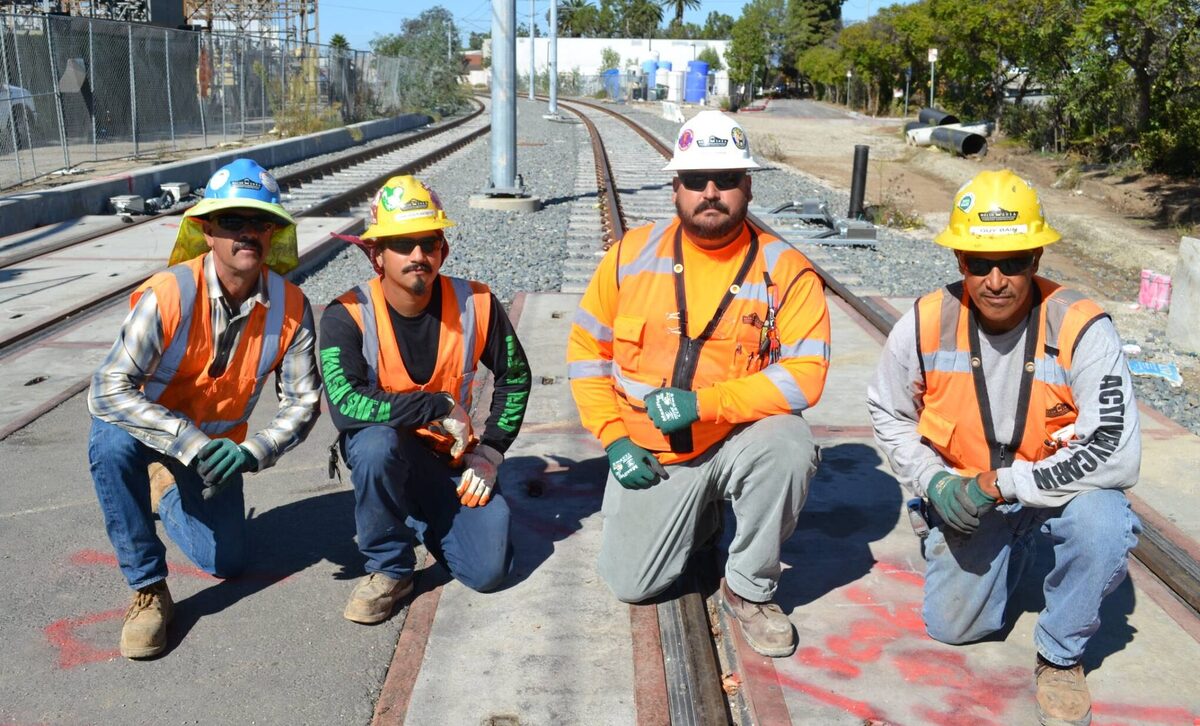
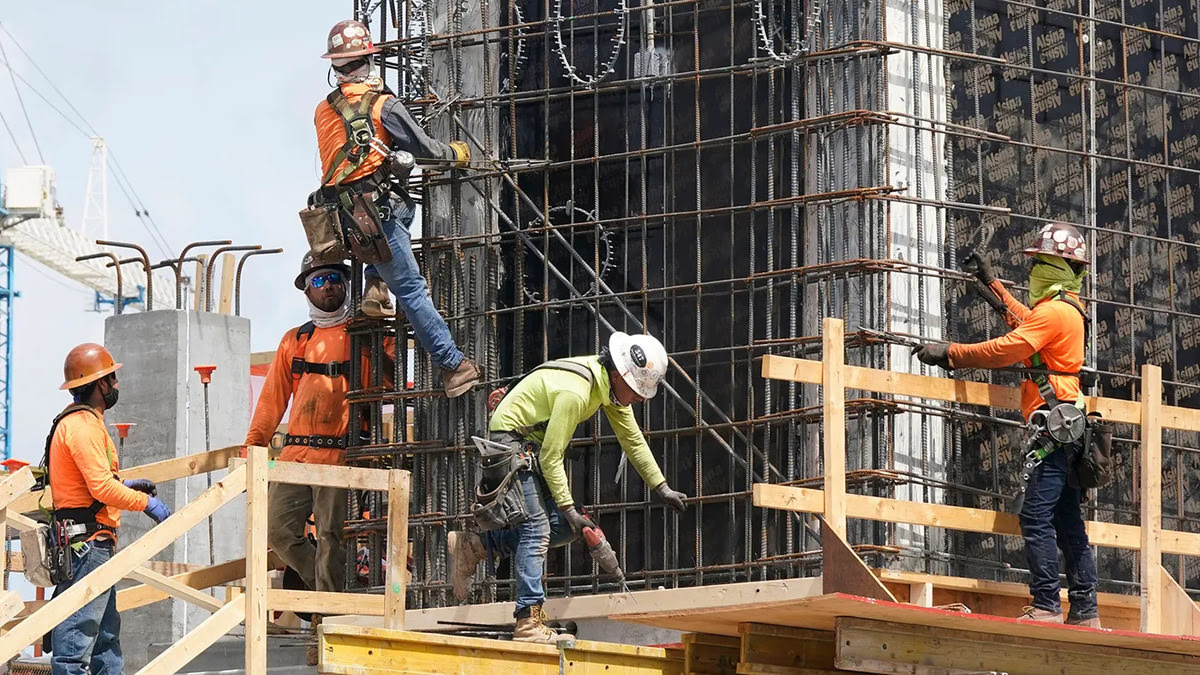
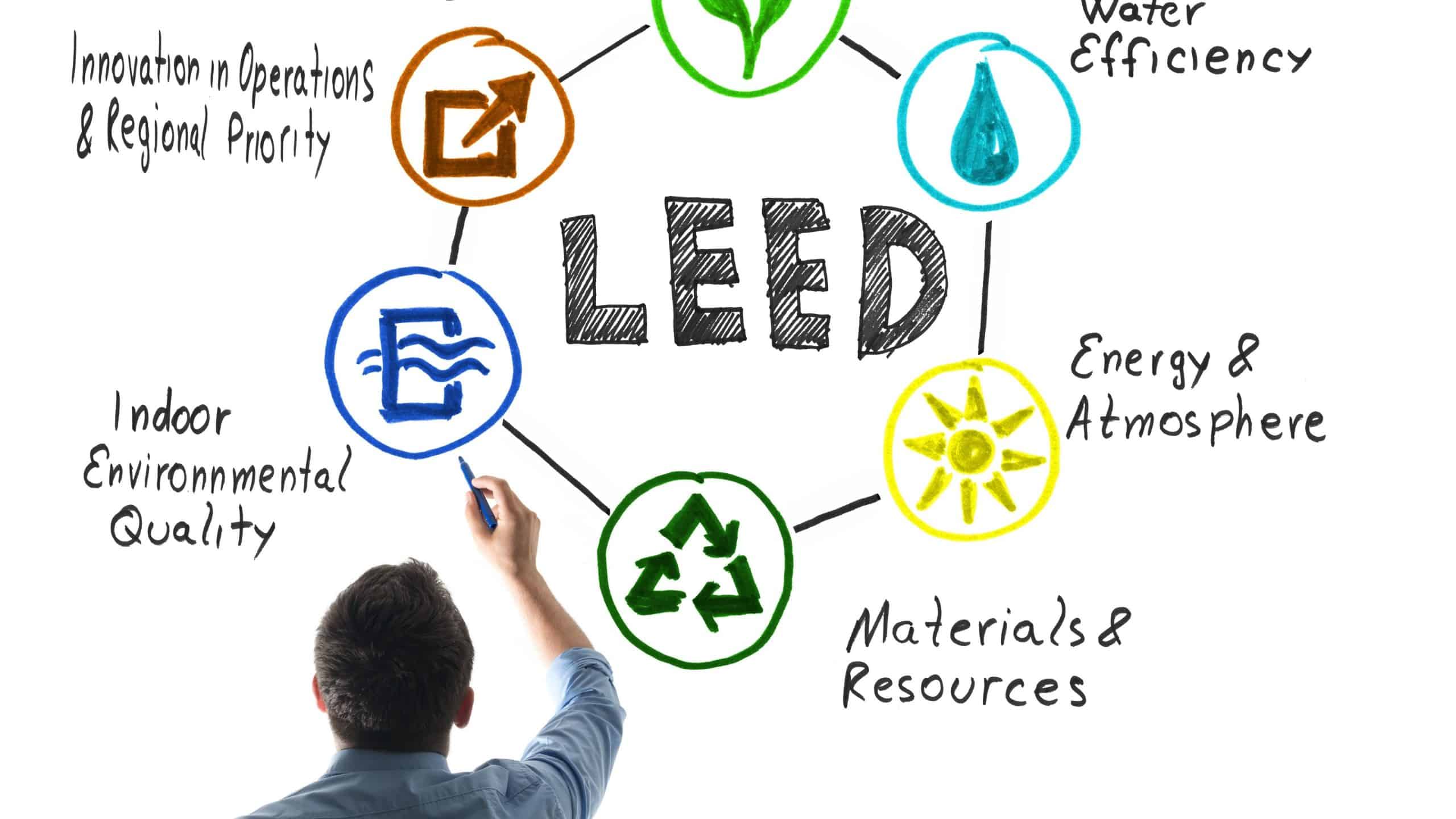

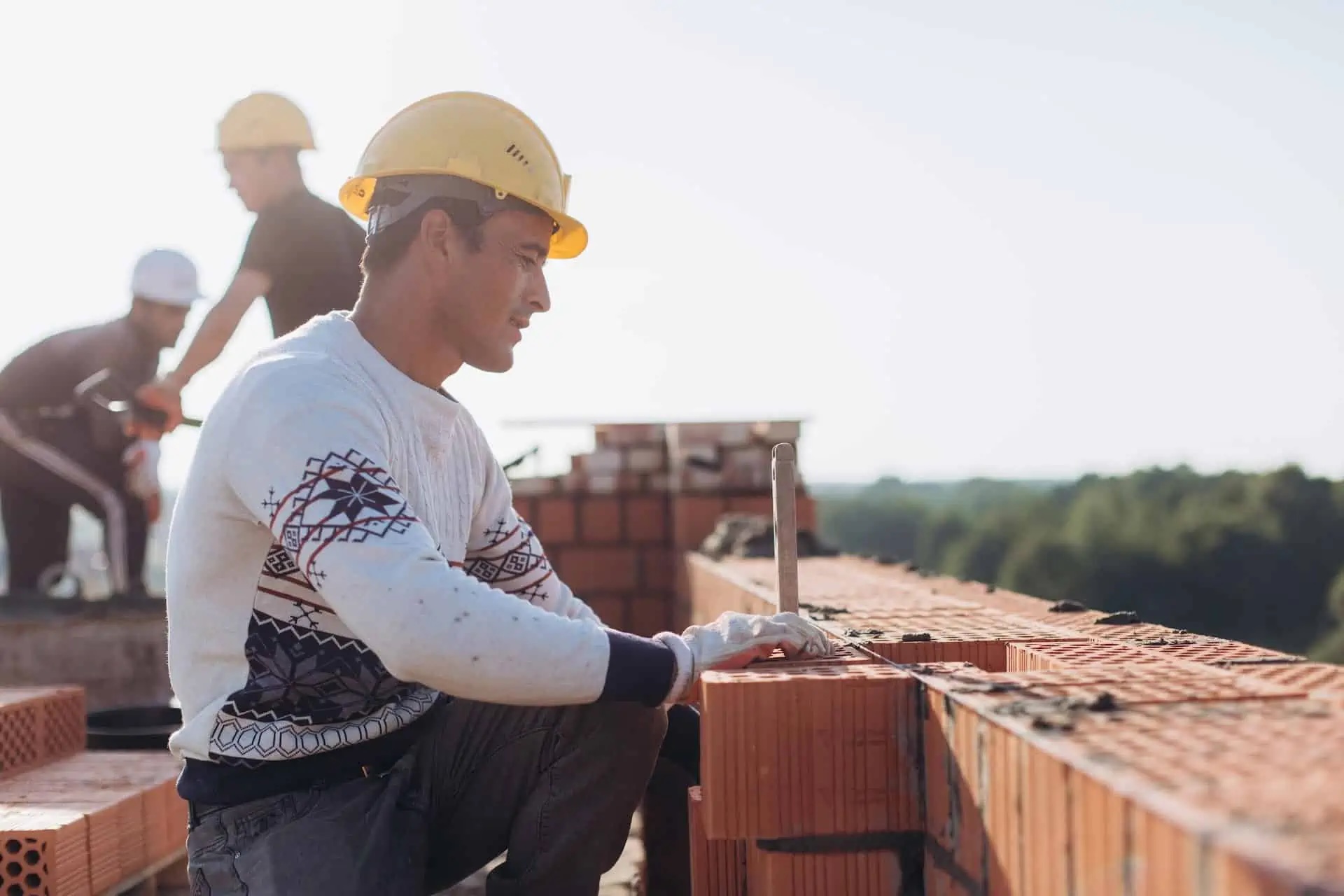
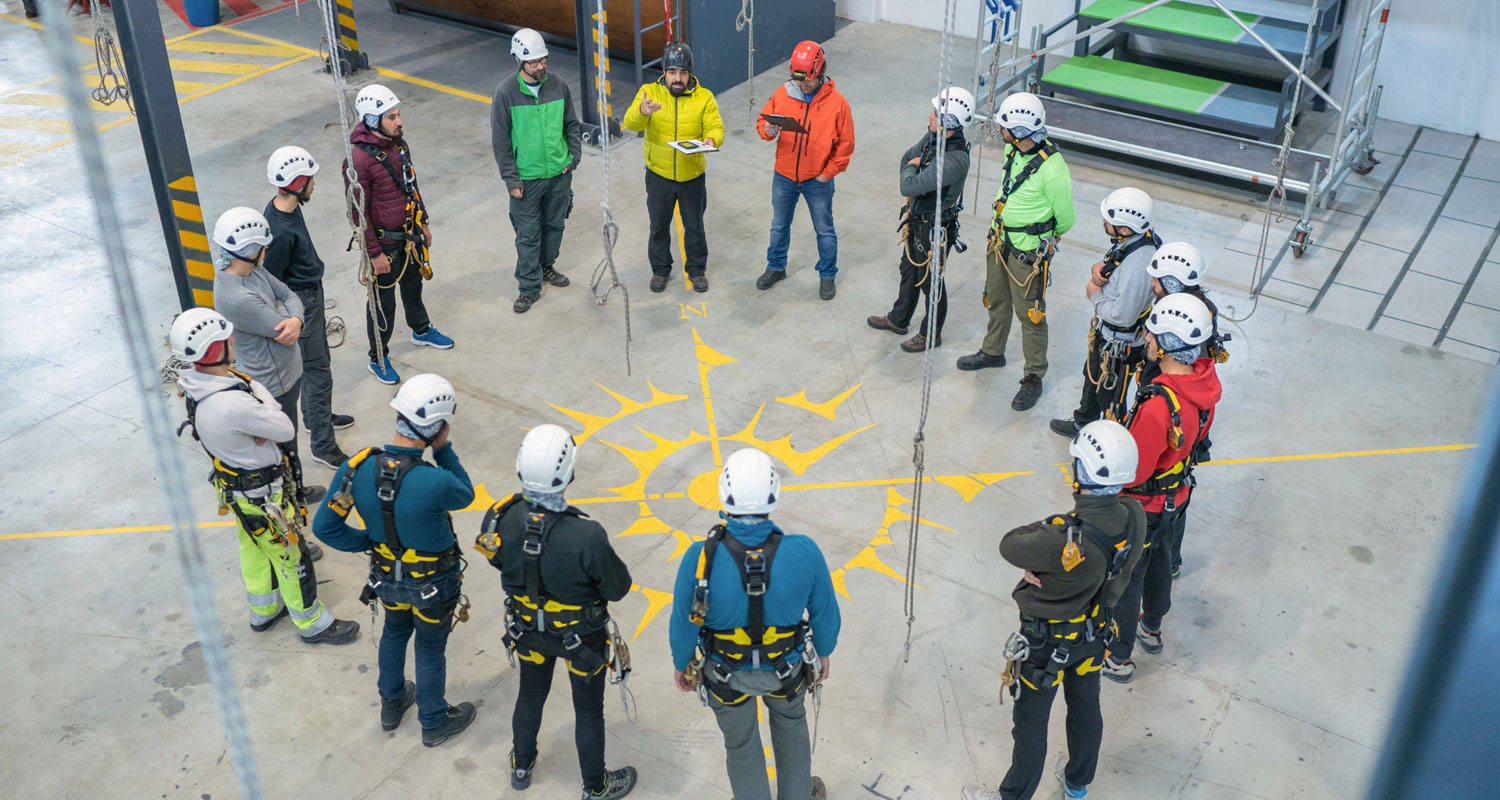

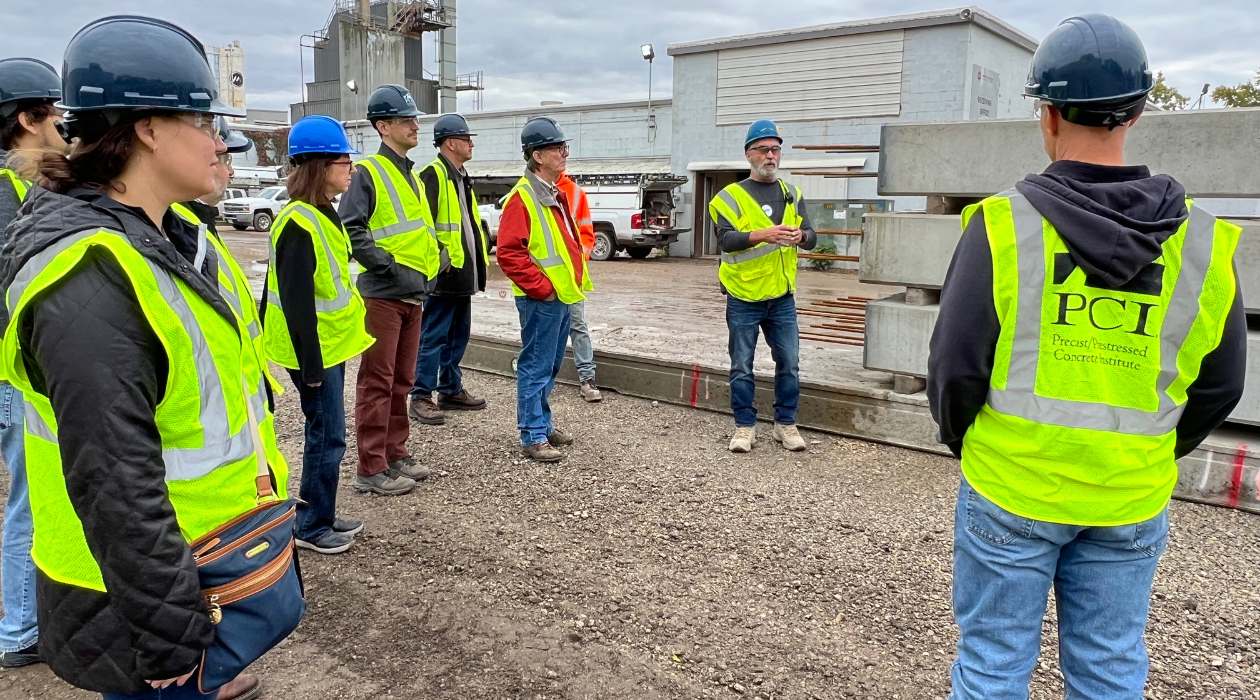

0 thoughts on “What Are The Phases Of Construction”